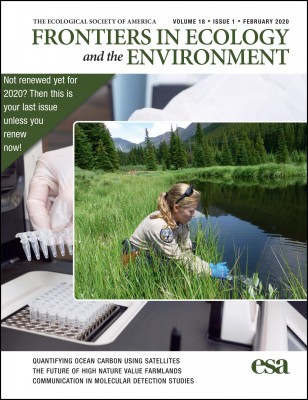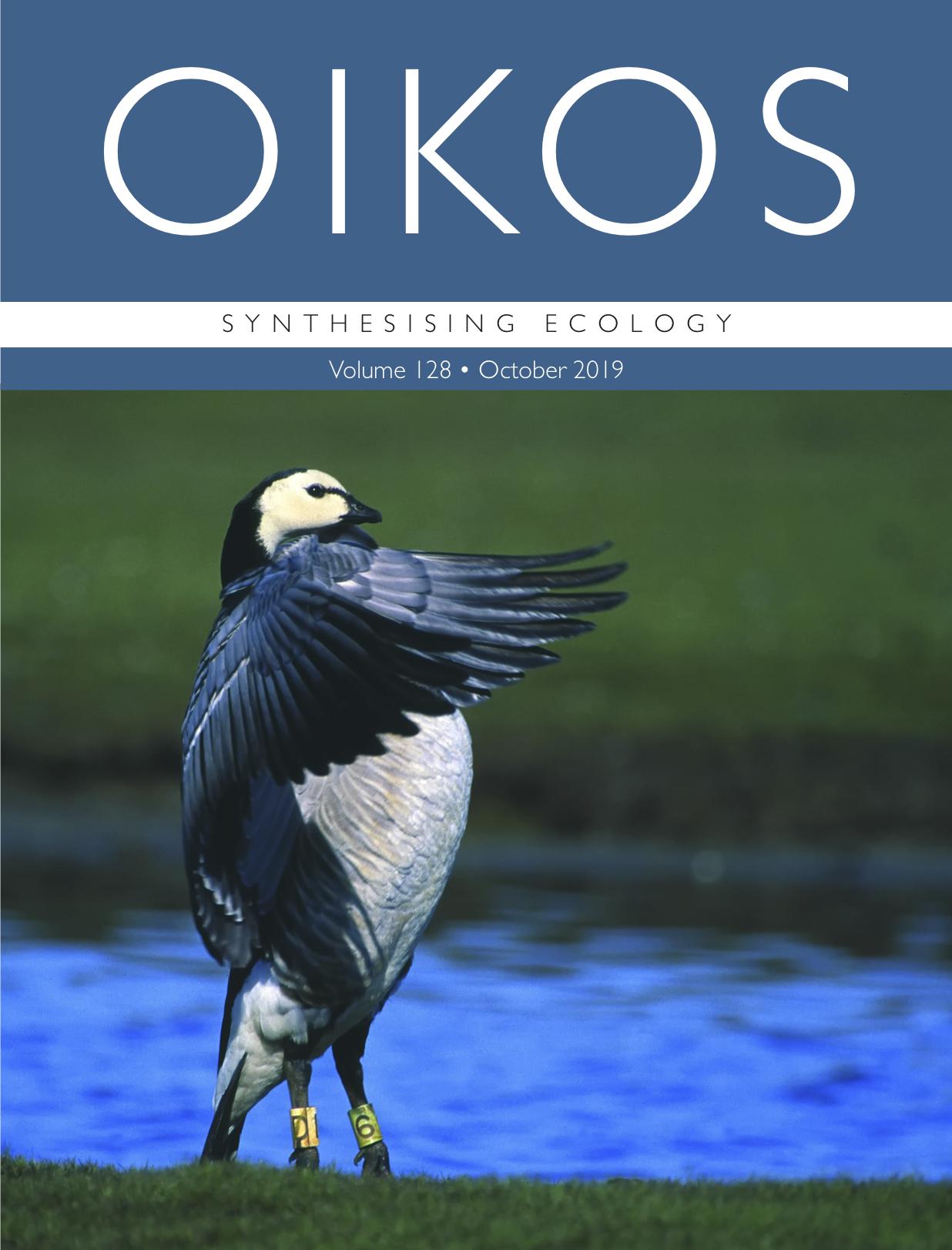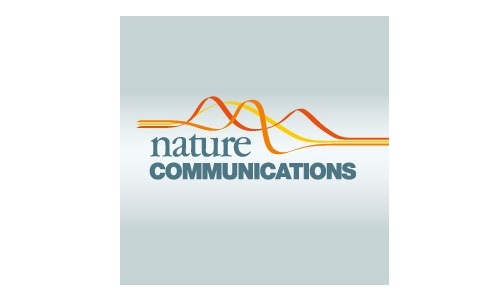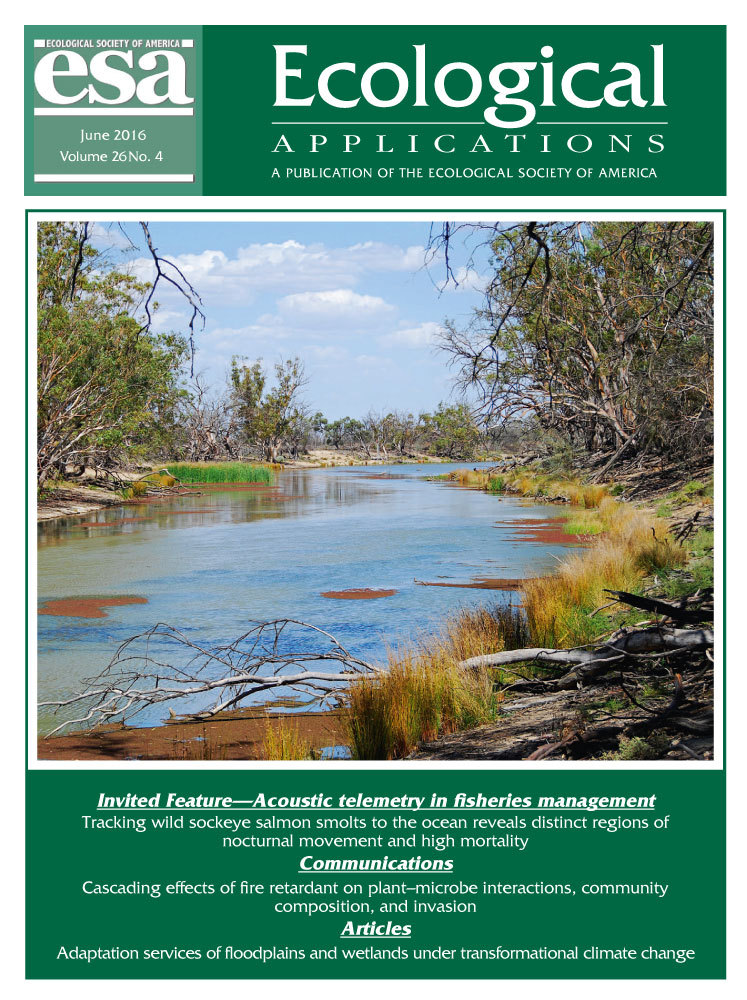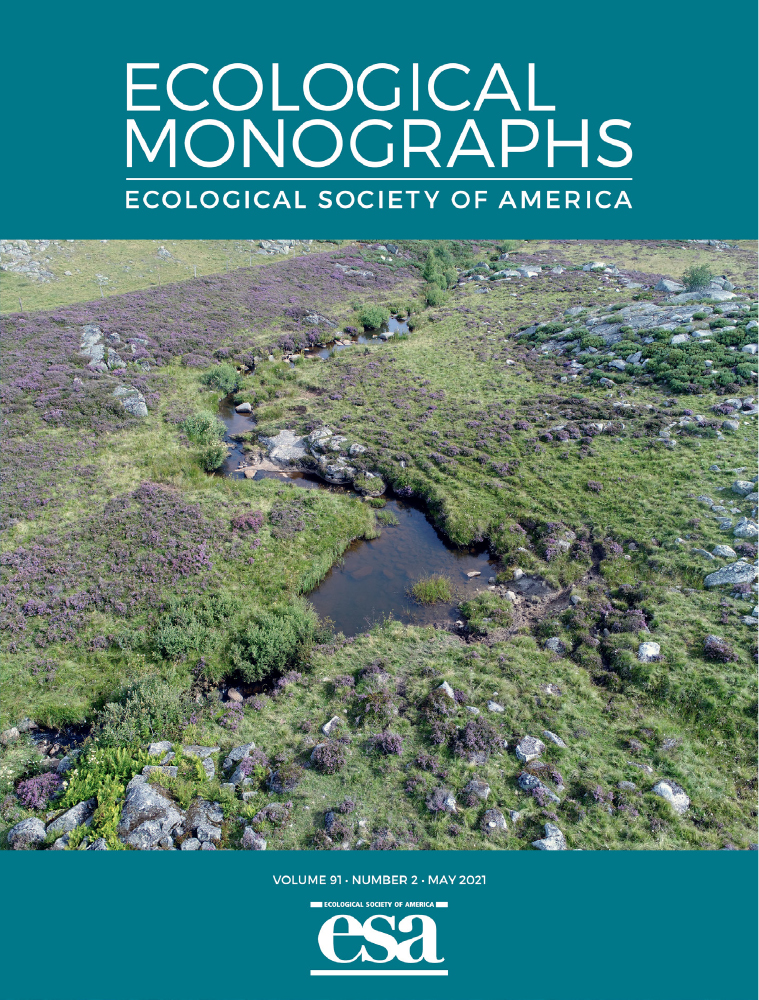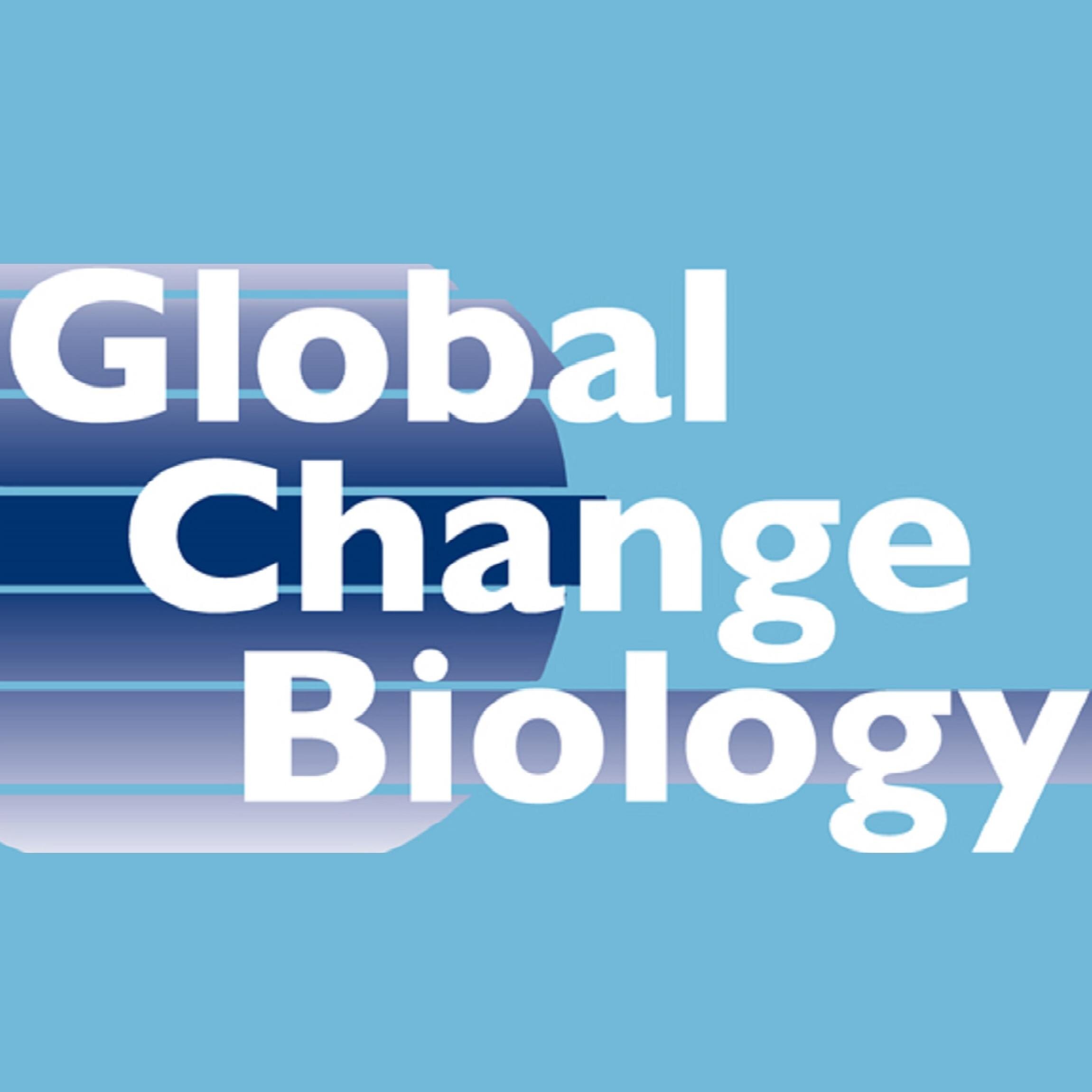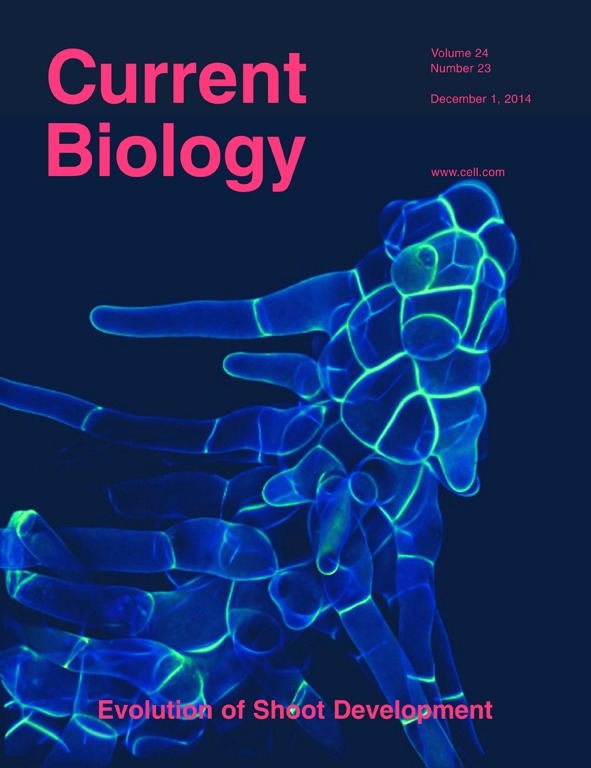- Department:(Dept. 5) Evolutionary and Integrative Ecology

Hypotheses in urban ecology: building acommon knowledge base
This study identified 62 research hypotheses used in urban ecology and mapped them in a conceptual network. It is the first such network, which also clusters urban ecology hypotheses into four distinct themes: (i) Urban species traits & evolution, (ii) Urban biotic communities, (iii) Urban habitats and (iv) Urban ecosystems.
Transience of public attention in conservation science
This article addresses the concept of attention transience applied to conservation, discusses its major drivers and mechanisms, and provides an overview of conservation issues for which this phenomenon is particularly relevant. Attention transience only leaves a brief window of opportunity to focus public awareness and mobilize support for nature conservation.
A meta-analysis of how parasites affect host consumption rates
This meta-analysis investigated how parasites affect the consumption rate of their hosts. It is the first comprehensive overview of parasite effects on host feeding capacity and sheds light on the factors contributing to the observed differences.
A synthesis of biological invasion hypotheses associated with the introduction–naturalisation–invasion continuum
Empirical studies show divergent impacts of alien populations on ecosystems which hinders the creation of a unified theory. The authors propose a synthesis that categorizes hypotheses along a timeline of invasion considering population, community and ecosystem levels. For any given case study, this framework provides a guide to choose the appropriate concepts according to the stage of invasion.
Global Protected Areas as refuges for amphibians and reptiles under climate change
The authors investigated the effectiveness of Protected Areas (PAs) in conserving amphibians and reptiles under climate change. They found that PAs are effective in providing refuge to these species, but spatial conservation gaps still exist and many species may go extinct due to climate change.
Urban biotic homogenization: approaches and knowledge gaps
The authors mapped and analyzed the literature on the hypothesis of urban biotic homogenization. They identified 225 studies addressing the hypothesis. Half of them investigated homogenization across cities, the other half investigating homogenization within cities. There are strong research biases and thus knowledge gaps in the literature and about 55% of the studies supported the hypothesis.
Quantifying eco-evolutionary contributions to trait divergence in spatially structured systems
In both time and space, the observed differentiation in trait values among populations and communities can be the result of interactions between ecological and evolutionary processes. The authors extended methods to quantify ecological and evolutionary contributions to trait changes to account for empirical studies that document trait differentiation among populations structured in space.
The LOTUS initiative for open knowledge management in natural products research
Scientists integrated data about natural chemical compounds and the organisms they have been documented in, provided literature references and exposed the information both as a stand-alone database and via Wikidata.The database enables queries that relate natural chemical compounds to the taxa they have been found in and the literature documenting the evidence.
Urban affinity and its associated traits: a global analysis of bats
The authors developed indices to quantify the urban affinity of species by using publicly available occurrence data and examined the performance of these indices using a global dataset of bats. The results show that simple indices are appropriate and most practical for producing quantitative assessments of species’ urban affinity.
Phylogenomic insights into the early diversification of fungi
The authors analysed several hundred proteins of a broad diversity of fungal species in order to untangle the early diversification of fungi. Thorough curation of the phylogenomic data set and usage of cutting-edge methods enabled them to resolve long-standing contested relationships among different phyla.


